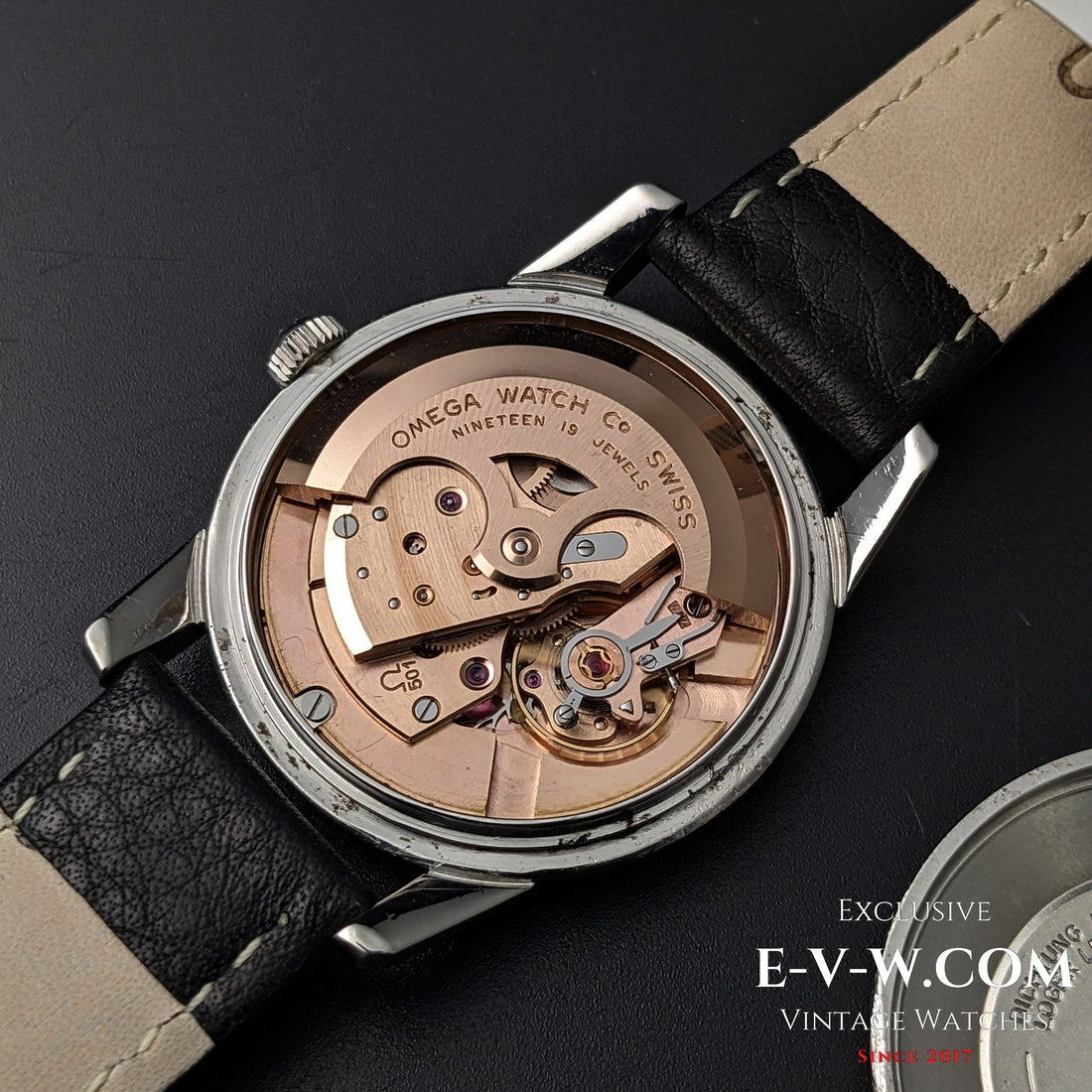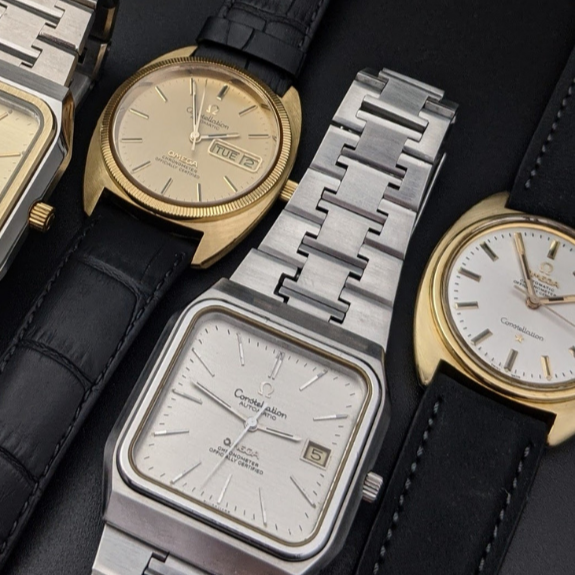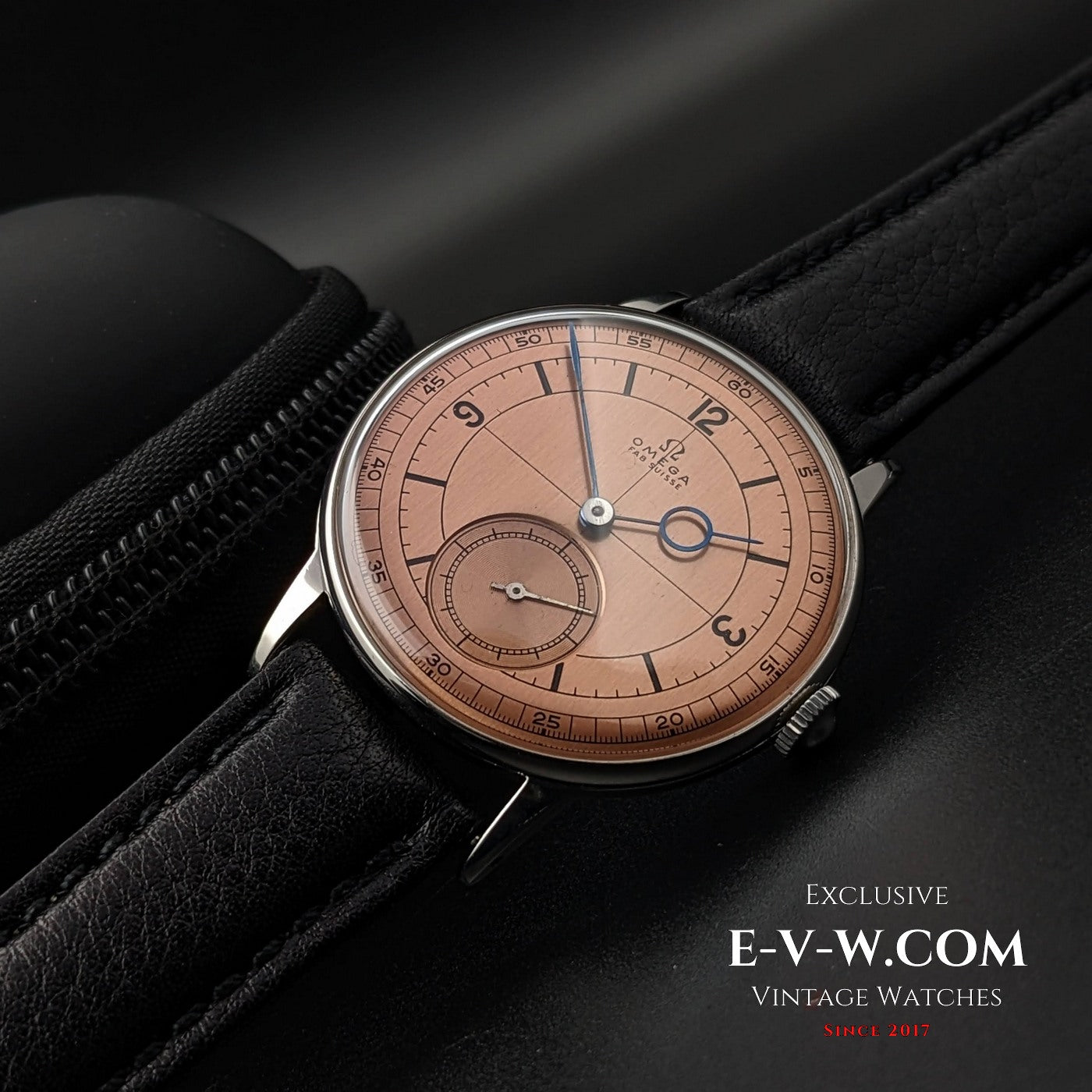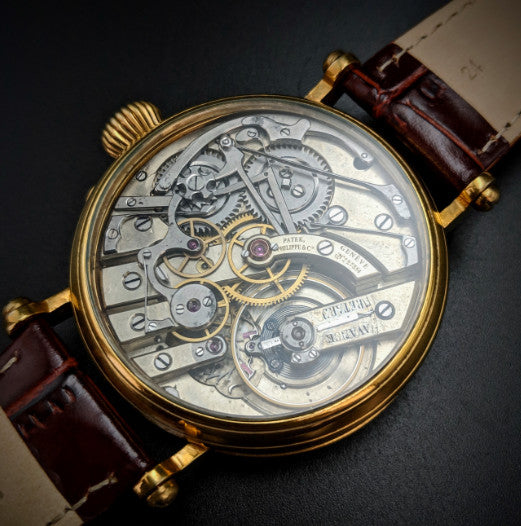A Milestone in Omega’s History
In the mid-20th century, Omega was a name synonymous with innovation and excellence in watchmaking. Among the pivotal moments in the company’s history was the introduction of its first automatic men’s calibers with a rotor system. The calibers 470, 490, and 500, launched in 1955, marked a significant evolution in the brand’s engineering prowess and set the stage for the modern era of automatic watches.
Design and Technical Specifications

The calibers were the brainchild of Edward Black, a prominent designer at Omega. They replaced the older 28.10 mm calibers with a bumper automatic system, which had been in production since 1943. These new movements introduced a more efficient and powerful rotor-based system, a departure from the bumper mechanism that had been a hallmark of Omega’s earlier automatics.
Caliber 470: Measuring 25 mm in diameter, this movement featured a central second hand and was designed for men’s watches. It was a compact yet robust mechanism, perfect for the sleek designs of the mid-1950s.
Caliber 490: At 28 mm, this caliber included a small seconds complication, catering to a different aesthetic preference. Its size and functionality made it a versatile choice for a variety of watch models.
Caliber 500: Also 28 mm in diameter, the 500 featured a central seconds hand and became the foundation for several renowned variants, including the 501, 504, and 505. These versions were prominently used in the iconic Omega Constellation models, a series already celebrated for its precision and elegance.
Replacing the Old Guard
The new calibers 470, 490, and 500 were introduced to phase out the earlier 352 and 354 calibers. The latter movements had served Omega well, but the advancements in the new rotor system promised greater reliability and efficiency. The shift signaled Omega’s commitment to staying at the forefront of horological innovation.
Production and Legacy
Between 1955 and 1957, Omega produced 1,075,000 units of the caliber 470. The 490 and 500 families, which shared the same lineage, continued to be manufactured until 1960, achieving similar production milestones. This impressive output reflected the widespread popularity and success of these movements during their time.
The caliber 500 and its variants, particularly the 501, 504, and 505, found a home in the Constellation models, which were already making waves for their chronometer-grade performance and distinctive designs. These movements helped solidify Omega’s reputation as a leader in precision watchmaking.
Vintage Appeal
Today, the calibers 470, 490, and 500 are highly sought after by collectors and vintage watch enthusiasts. Their historical significance, combined with their innovative engineering, makes them a cornerstone in the story of Omega’s automatic movements. Whether found in a classic Constellation or another vintage Omega model, these calibers continue to inspire admiration for their craftsmanship and contribution to horological history.
Conclusion
The introduction of the automatic calibers 470, 490, and 500 in 1955 was more than just a technical upgrade; it was a bold step forward for Omega. These movements bridged the gap between the brand’s pioneering bumper automatics and the sophisticated rotor systems that define modern automatic watches. As we look back on these iconic calibers, their legacy remains a testament to Omega’s enduring commitment to innovation and excellence.




